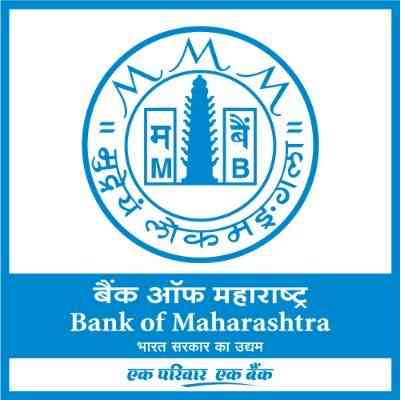Asset size of an entity should be measured at cost or impaired value, instead of fair market value, Says BCCI
Asks for clarification from Reserve Bank of India basis a recent circular

Mumbai, December 8, 2021: Bombay Chamber of Commerce & Industry (BCCI), on behalf of its members registered as NBFCs, has requested for clarity on a recent circular issued by the Reserve Bank of India (RBI). It particularly pertains to the Indian Accounting Standards (Ind-AS) implementation which requires investments to be ‘Fair Valued’, with attendant impact on asset-value and volatility therein from year-to-year. The issue primarily affects the investment companies since operating assets of other NBFCs do not warrant similar upward valuation.
According to the Bombay Chamber, the asset size of a supervised entity has not been explicitly defined in the regulatory guidelines and has led to an ambiguity on its application of the circular for some of the supervised entities.
The adoption of Ind-AS from financial year 2018-19, has led to the use of ‘fair valuation’ of all financial instruments as per Ind-AS 109 while hitherto appreciation in portfolio value was not considered both in preparation of financial statements under the Companies Act as well as for computing various RBI related regulatory ratios and computing borrowing ability of the NBFCs. This stochasticity has created a ‘notional revaluation reserve’ on the liability side known as ‘Other Comprehensive Income’ (OCI) which is essentially equivalent to a Revaluation Reserve, albeit annually impacted by valuation moment.
Speaking on the recent circular issued by RBI, Mr.Sandeep Khosla, Director General, Bombay Chamber of Commerce & Industry said,”Since Asset Size has become a relevant criteria in several regulatory circulars by RBI, we thought of seeking clarifications from them on behalf of our NBFC members as certain clauses will have an impact on them which will affect their investing capacity. We hope that RBI will give us the clarity soon.”
In its letter BCCI has also stated that for a NBFC Investment company, value of notional Revaluation Reserve may fluctuate on a year-to-year basis and lead to a situation wherein such supervised entity, after crossing the specified threshold limit of say 5000 crores, in one year may fall below the specified threshold limit in the next year itself. This might create an ambiguity on the applicability of the circular thereon.
Referring to the RBI guidance on implementation of Indian Accounting Standards dated March 2020, BCCI reinstates that the definition for owned funds, net owned funds, and regulatory capital is noted to exclude any unrealised gains to arrive at the owned funds. This is in line with the past stand of RBI, viz revaluation reserves are to be excluded. RBI has prescribed that the increase in value of the assets, over the cost as well as the consequential ‘Fair Value Reserves’ be ignored for determining relevant ratios and thus regulating the borrowing ability of the NBFC based on ‘Actual Cost’ of the ‘Financial Assets.’
Therefore, the industry bodies and its NBFC members are of the view that the asset size of an entity be measured at cost or impaired value, instead of fair market value and seek issue of a suitable guidance for all regulatory compliance purposes in line with RBI circular on implementation of Ind-AS.


 cityairnews
cityairnews 











